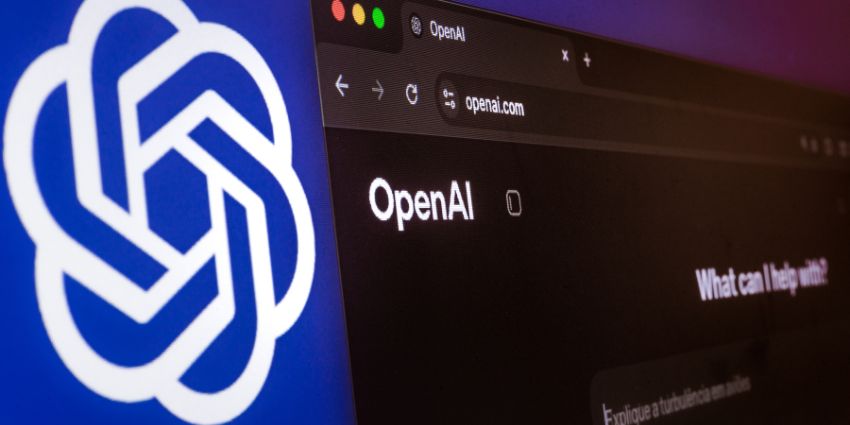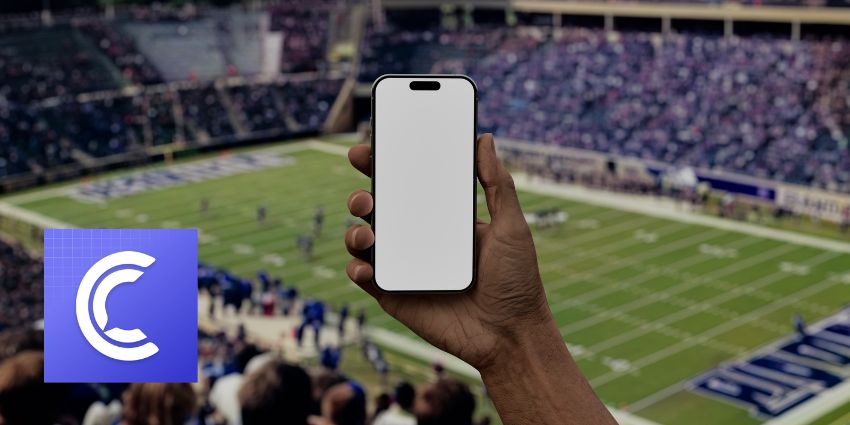X has launched audio and video calls on its Android app.
The capability was introduced to iOS users in October as part of owner Elon Musk’s intention to transform the platform into an “everything” app.
As with iOS users, only “Premium” X subscribers can make calls — for now, at least. However, all accounts can receive calls. Subscriptions cost $8 a month or $84 a year.
Users can find options for audio and video calls within the DM settings tab in the X platform. Additionally, users can manage their call preferences through the settings page.
By default, users can receive calls from accounts they follow or have in their address book, provided they have granted X access to their address book beforehand. To initiate a call to another user, it is necessary to have sent that user a Direct Message at least once in the past. As a protective measure against spam or abuse, users also have the choice to disable incoming calls.
X and Becoming an “Everything” App – Including One For Business Comms and Collaboration
X, formerly known as Twitter, is attempting to recover lost customers and advertisers with new capabilities and an “everything in one place” brand of service. The Washington Post reported a 30 percent decline in active X users in October, and the news watchdog group Media Matters for America stated that in the same month, the business had lost half of its top advertisers since Musk acquired X in the autumn of 2022.
X’s Android app catching up with its iOS edition through new audio and video calling capabilities is the latest in an ongoing pattern of Musk trying to evolve the social media platform into a service more amenable to business communications and collaboration.
It isn’t alone in that ambition. WhatsApp and Apple have also made inroads into the enterprise communications and collaboration space over the past 12 months. Both those companies share X and Musk’s strategy of becoming more of an “everything” platform, intending to capitalise on their consumer communications market share by introducing enterprise-targeting capabilities to established products in wide circulation.
Zoom, meanwhile, has left its initial niche as the world’s favourite video conferencing platform during the pandemic, with excellent chat, file sharing and collaboration capabilities surging its status as a valuable all-in-one service.
- WhatsApp Adds Another Enterprise Feature in Message Pinning
- WhatsApp for Windows Spotlights More Enterprise-Friendly Features
However, X faces an upward struggle to even reach the slipstream behind, never mind achieve parity with, the established giants of video and audio conferencing, namely Microsoft Teams, Zoom, Cisco Webex and Google Meet. Compared to the sophisticated operation and comprehensive feature sets of those platforms, X’s is limited in its current guise while also only being available for mobile devices.
Considering their extensive range of features, speedy performance, and implementation of enterprise-grade security systems over time, becoming a serious competitor to the comms and collaboration giants would likely necessitate substantial investment, expertise, and time. The potentially transformative influence of AI features, illustrated by Microsoft’s Copilot, Zoom’s AI Companion and Google’s Duet AI, could widen the gap even more significantly — albeit X is dablling in its own AI research.
X’s potential advantage over the UC giants, however, is the speed and spontaneity of its use. Being able to rapidly call a friend or colleague over X with one click could be more accessible than booting up a separate app.







